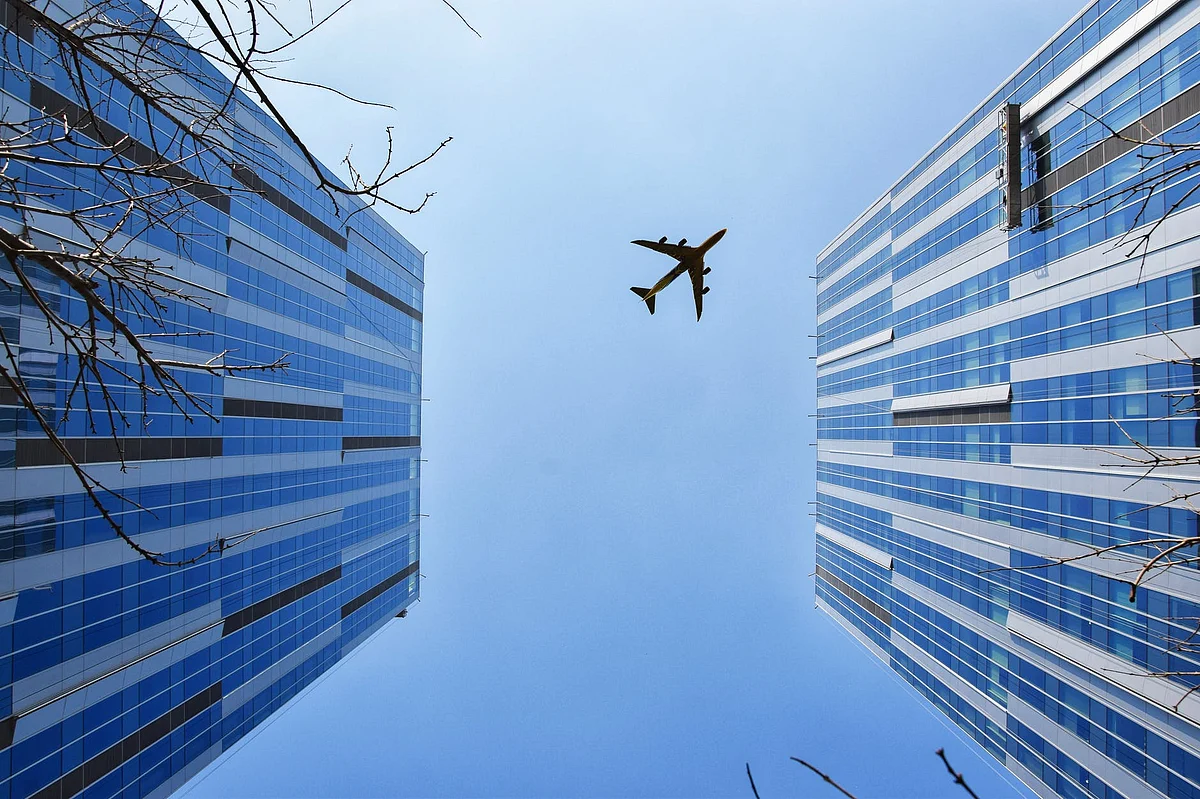TOPSHOT - Commuters make their way along a street amid smoggy conditions in New Delhi on November 5, 2021. | (Photo by Prakash SINGH / AFP)
All India Institute of Medical Sciences (AIIMS) chief Dr. Randeep Guleria on Friday said pollution has a huge effect on respiratory health especially on people with lung diseases. It can also lead to more severe cases of COVID-19, he added.
"Pollution has a huge effect on respiratory health especially on ppl with lung diseases, asthma as their disease worsens. Pollution can also lead to more severe cases of Covid. Should wear mask as it'll help in protection from both Covid & pollution," news agency ANI quoted Dr. Randeep Guleria as saying.
Let us know! 👂
— HubSpot (@HubSpot)
What type of content would you like to see from us this year?
His statement comes after Delhi recorded its poorest air quality in five years the day after Diwali with a deadly cocktail of noxious fumes from firecrackers and stubble burning pushing the 24-average AQI to 462, according to data from the Central Pollution Control Board (CPCB) on Friday.
The 24-hour average air quality index (AQI) the day after Diwali was 435 last year, 368 in 2019; 390 in 2018; 403 in 2017 and 445 in 2016. The AQI was 382 on Diwali day this year, 414 in 2020; 337 in 2019; 281 in 2018; 319 in 2017 and 431 in 2016.
A thick layer of acrid smog hung over Delhi-NCR on Friday after residents flouted the ban on firecrackers to celebrate Diwali and emissions from farm fires in the region peaked at 36 per cent.
Residents in many parts of Delhi-NCR complained of an itchy throat and watery eyes on Friday.
The neighbouring cities of Faridabad (469), Greater Noida (464), Ghaziabad (470), Gurgaon (472) and Noida (475) also recorded 'severe' air pollution levels.
Ahead of the festive season, the Delhi government had announced a complete ban on firecrackers till January 1, 2022, and ran an aggressive campaign against their sale and use.
The Haryana government had imposed a ban on the sale or use of all kinds of firecrackers in 14 of its districts in the National Capital Region. Green crackers were allowed on Diwali in Uttar Pradesh only for two hours in areas with moderate or better air quality.
An AQI between zero and 50 is considered 'good', 51 and 100 'satisfactory', 101 and 200 'moderate', 201 and 300 'poor', 301 and 400 'very poor', and 401 and 500 'severe'.
(With PTI inputs)
(To receive our E-paper on whatsapp daily, please click here. We permit sharing of the paper's PDF on WhatsApp and other social media platforms.)

 'This is just the beginning': Nawab Malik after NCB takes away Aryan Khan case probe from Sameer...
'This is just the beginning': Nawab Malik after NCB takes away Aryan Khan case probe from Sameer...  Good News: United States to lift all travel restrictions for fully vaccinated international...
Good News: United States to lift all travel restrictions for fully vaccinated international...  'Don't cry over spilled milk': Twitterati unimpressed with Niaz's apology to Akhtar for on-air spat
'Don't cry over spilled milk': Twitterati unimpressed with Niaz's apology to Akhtar for on-air spat  'Stay indoors, use air purifiers continuously': Fortis Escorts Heart Institute Chairman as Delhi...
'Stay indoors, use air purifiers continuously': Fortis Escorts Heart Institute Chairman as Delhi...  Twitter introduces new 'search button' to help find tweets from specific accounts; read to know more
Twitter introduces new 'search button' to help find tweets from specific accounts; read to know more